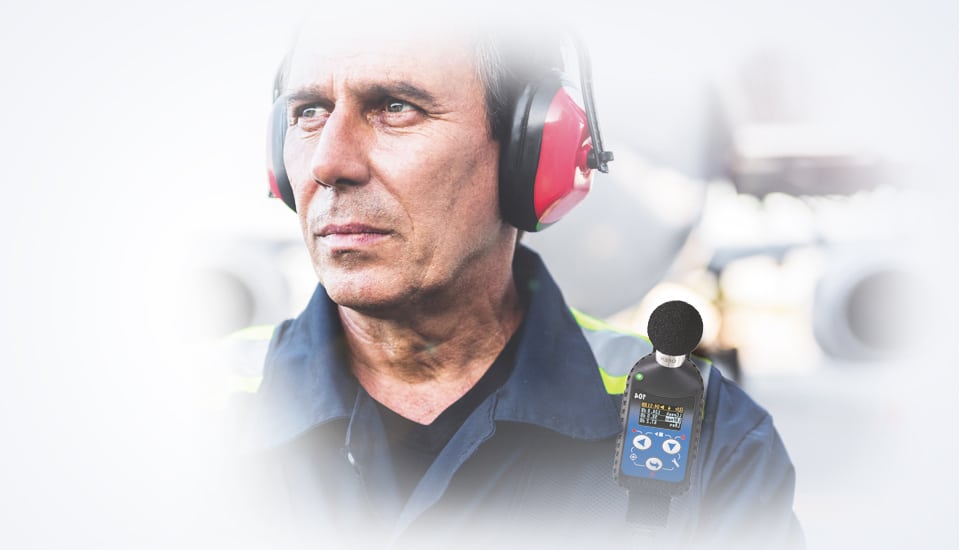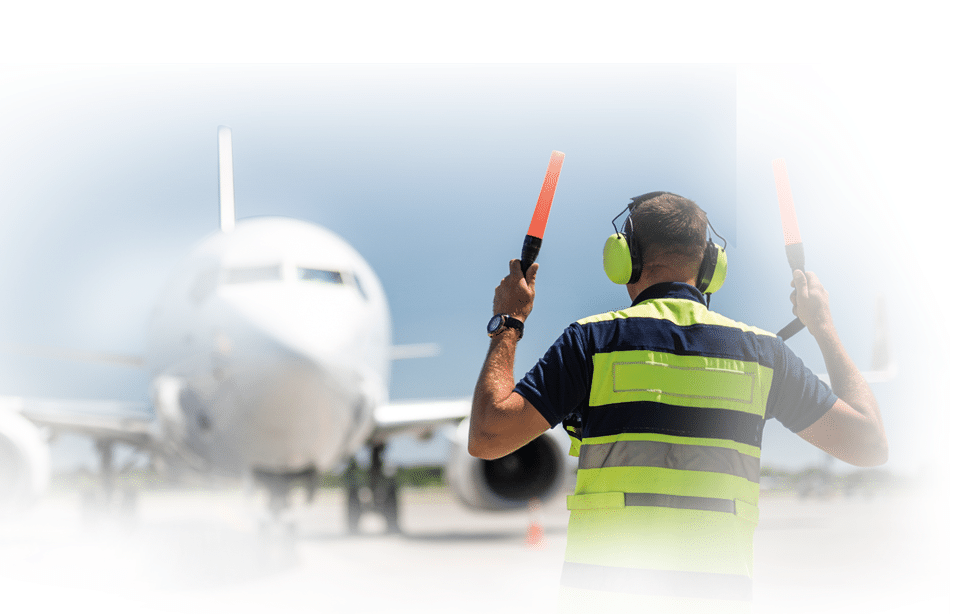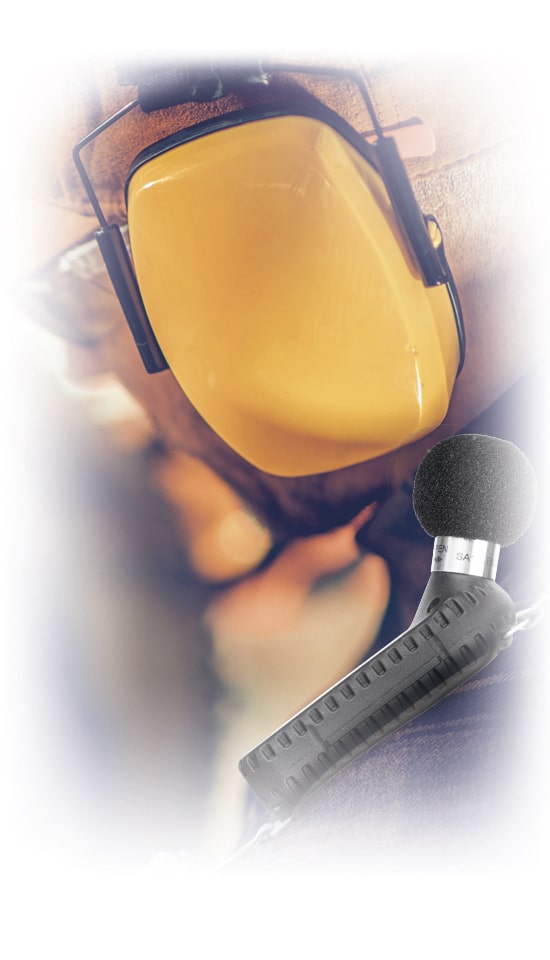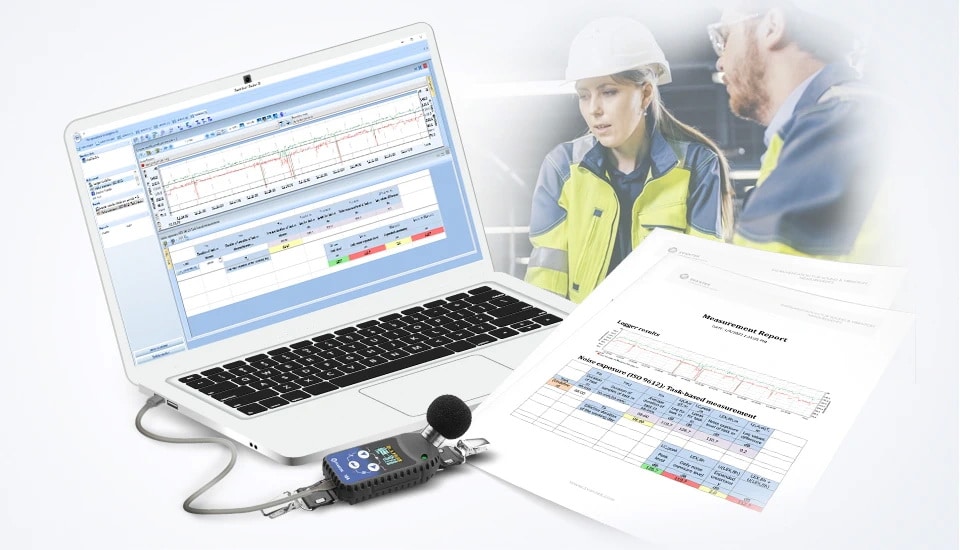The main sources of noise hazards are impulse noise from machinery, tools, vehicles, and specific workplace processes or activities. These sources are prevalent across industries such as manufacturing, construction, and logistics, where equipment like power drills, forklifts, and heavy machinery generate high noise levels.
Noise issues also extend to sectors like education, entertainment, agriculture, and services, where activities such as loud events, farming equipment operations, and HVAC systems contribute to elevated sound pressure levels. Strict regulations, including the EU’s Noise Directive, outline measures to handle workplace noise. These guidelines emphasize preventive actions, such as sound monitoring, equipment maintenance, and protective measures, to ensure safe noise levels and reduce risks to worker health.
Measuring noise exposure is essential to protect workers’ hearing health and ensure workplace compliance with safety regulations. Regular monitoring identifies areas where noise exceeds safe thresholds, such as the 85 dBA action level set by organizations like OSHA and NIOSH. This data helps employers implement effective controls, such as reducing noise at the source, providing hearing protection, and ensuring proper work schedules to limit workplace noise exposure duration.
Additionally, measuring sound exposure enables organizations to comply with legal and industry standards, avoiding potential fines or litigation. Noise exposure measurement also helps detect risks early, preventing occupational hearing loss among workers and promoting a safer, more productive workplace environment. By addressing hazardous noise conditions, businesses demonstrate their commitment to employee well-being and long-term operational sustainability.





